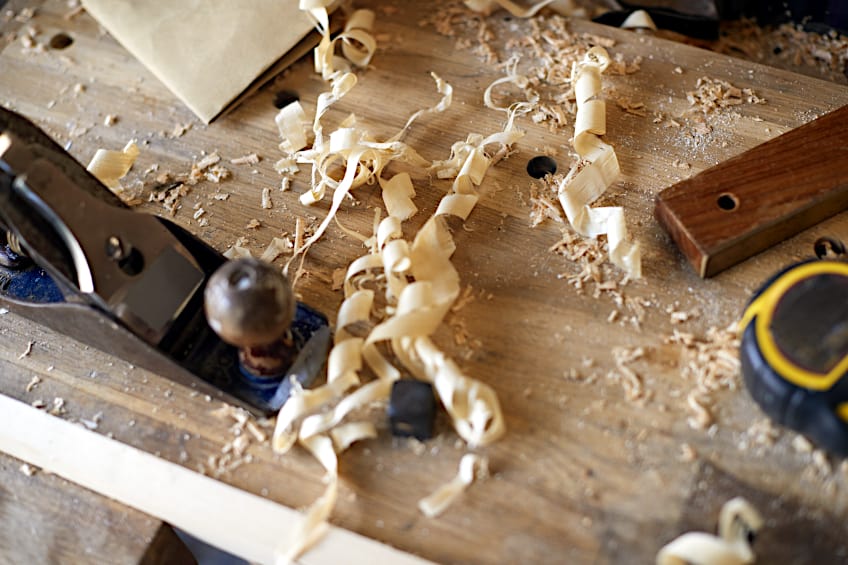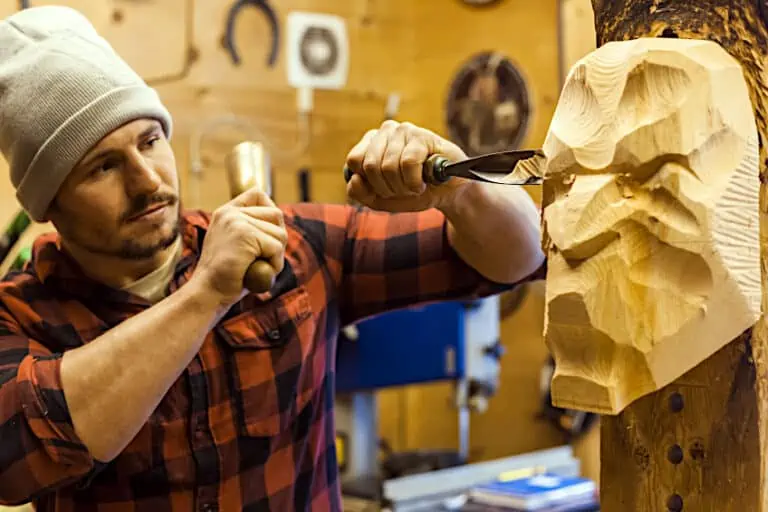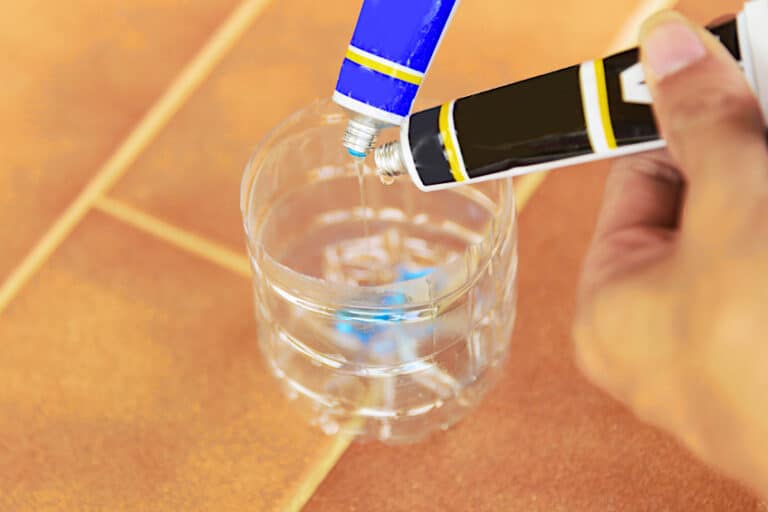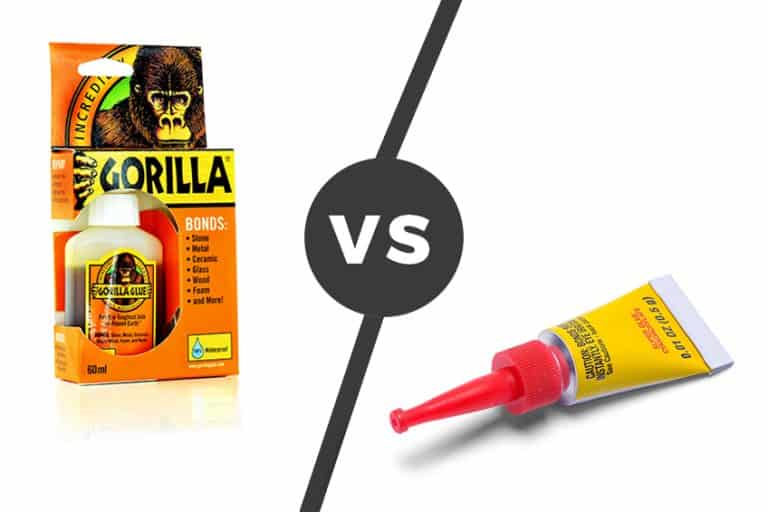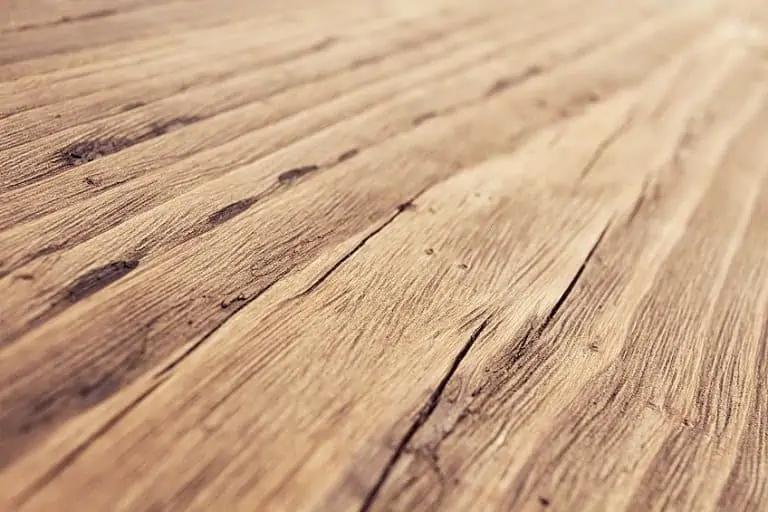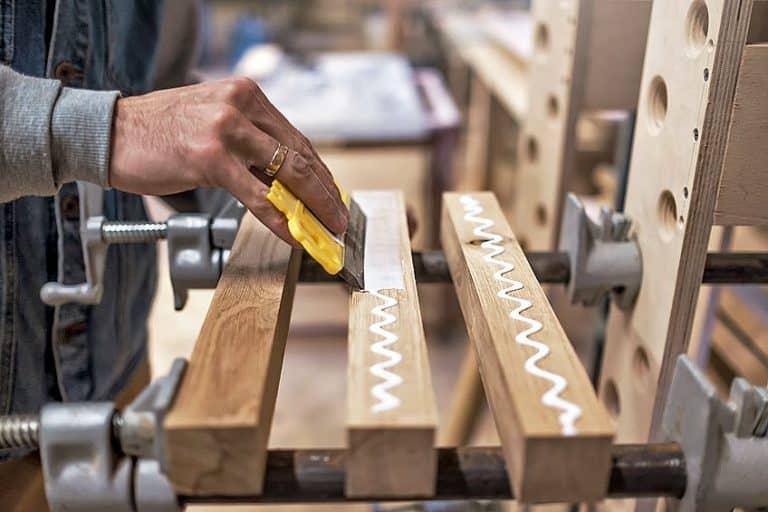Uses for Sawdust – Our Top Wood-Shavings Recycling Tips
Sawdust isn’t something that most of us think about. After all, once you have cut and sanded your workpiece, sawdust is just the residual material that either gets scooped into the garbage pile or sucked up into a shop vacuum. However, sawdust is actually quite useful and is one of the most sustainable resources we have available to us. There are many uses for sawdust, and if you would like to be more mindful of the environment, we’ve created a detailed list of the many uses for sawdust in everyday life.
Table of Contents
Why Is It Important to Find Uses for Sawdust?
In recent years we have made a big push toward renewable materials and becoming a carbon-neutral society on a global scale. This makes sense considering that hundreds of thousands of trees are cut down every year, with their by-product (sawdust) simply being thrown by the wayside. It’s quite a wasteful practice and one that many people have come to recognize.
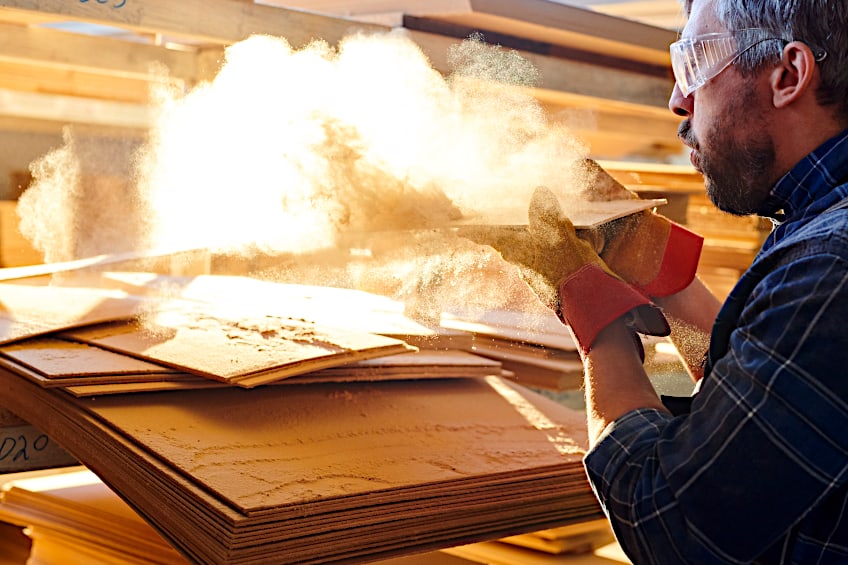
How wasteful is it exactly? Well, on average the United States produces around three million tons of sawdust every year, and with the majority of this being disposed of in an unsustainable manner, it’s a slippery slope we’re heading down. Thankfully, there are many ways in which sawdust can be sustainably utilized, and more and more people seem to be recognizing this.
Sawdust is one of many materials including plastic and metal waste that have been recognized as having potential outside of the garbage heap. As technology and our understanding of materials develop we have found applications for materials that were previously considered waste, making various industries far more sustainable and reducing their impact on the environment overall.
As you’ll soon see, there are many uses for sawdust in all aspects of daily life, and the more we explore sawdust as a material, the more uses we find for it. That being said, if you have sawdust stored somewhere, why not have a look at some of these potential applications before you commit to simply throwing it away or burning it?
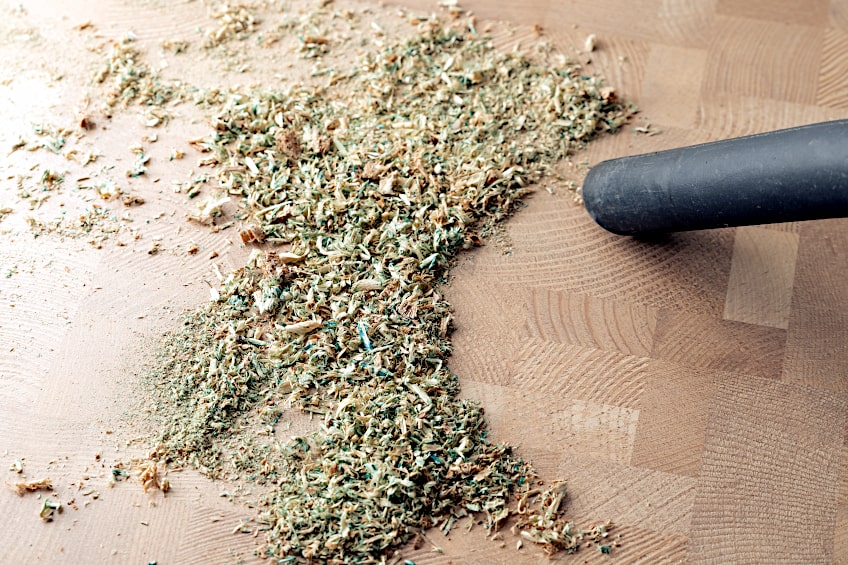
Some of the most common ways in which sawdust can be reused are in the binding of garden soil, the production of electricity, and of course in the production of engineered wood materials. There are many other ways in which sawdust can be used, a few of which we’ll be diving into below, so let’s have a look at what they are and how else sawdust can be used.
Uses for Sawdust in the Garden
At its core, sawdust is simply wood particles that have been shaved off during the production process. Sawdust is, therefore, a biodegradable material, meaning that when left in contact with soil, it will eventually break down and be absorbed. Therefore, if you are wondering what to do with sawdust there are plenty of applications in gardening settings, a few of which we’ve detailed below.
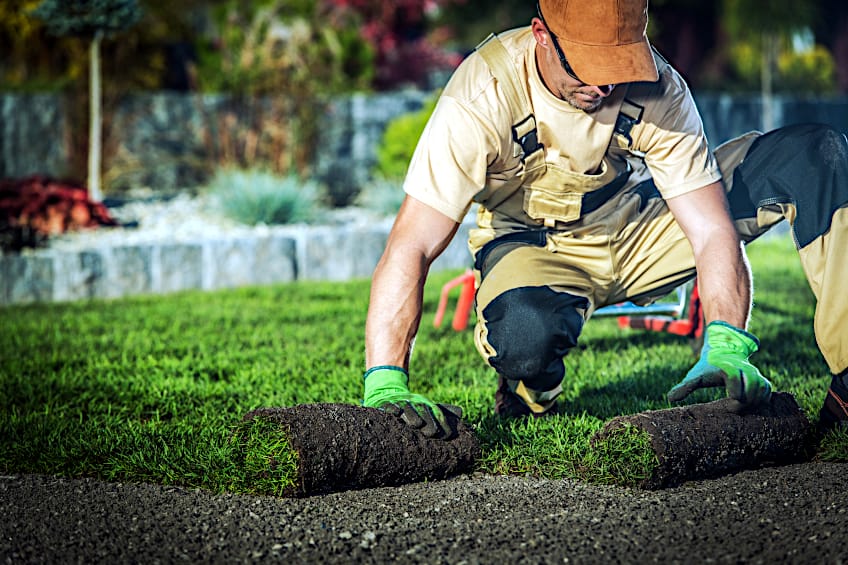
Fertilizer
Sawdust can do wonders for your garden if you practice composting. Sawdust, when added to compost, can enrich your soil, aid in the decomposition of compost elements, add nutrients, and aerate your soil.
However, you should monitor how much sawdust you add to your compost to ensure that it does not decrease the nitrogen levels of your soil.
Weed Suppressor
Sawdust can be used for a number of other applications in the garden as well. For example, it can be used as a weed suppressor when added along the length of garden paths.
This works out well if you have invasive weeds and you don’t have the time to constantly be pulling them out.
Sawdust is also a great environmentally friendly solution to weed killer.
Insect Repellent
If you are having some trouble with insects and other pests that you would rather not have to deal with, you could use some sawdust to deter them from entering the area. Sawdust can function as a natural deterrent to some types of insects, which is why many gardening enthusiasts love using it instead of potentially harmful pesticides.
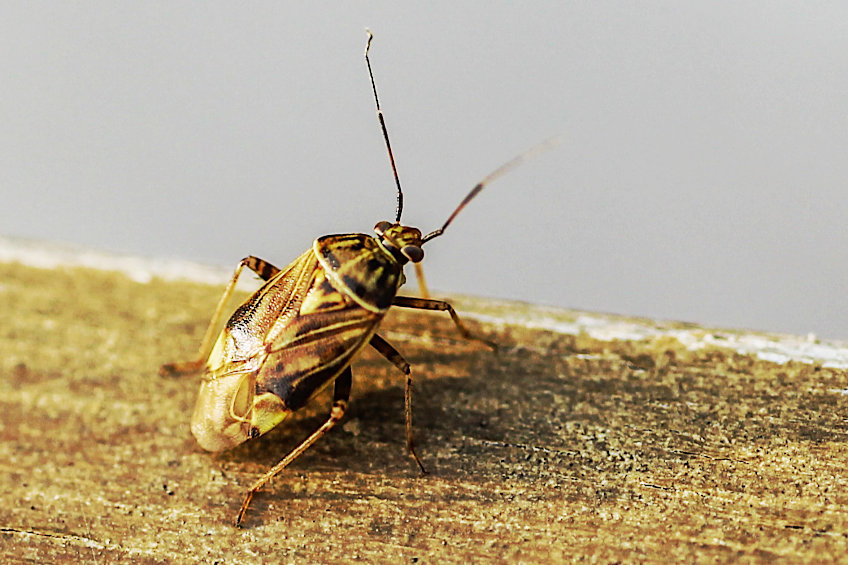
Mulch
If you are interested in creating a rather pleasant-smelling mulch, sawdust can be added to the composition of any munch in order to attain some of the same benefits it offers soil through compost. Interestingly, despite the fact that sawdust isn’t very dense in unit form, it can become quite dense when compressed in large volumes.
Building Essential Fungi
If production is an important part of your gardening system, you will need mycorrhizal fungi and mycelium in your soil. These fungi assist in the growth of plant roots, which in turn assist with the distribution of nutrients and the flow of water.
Sawdust can promote the cultivation of these fungi naturally, saving you time and money.
Soil Amendment
If you have some heavy soil that’s seen better days, sawdust is one of the best ways to ensure that nutrients are added back into the soil. Research has shown that sawdust is one of the best tools for adding life back into heavy soil as it breaks down slowly, allowing for extended improvement to your soil over time as opposed to instant results that wear off quickly.
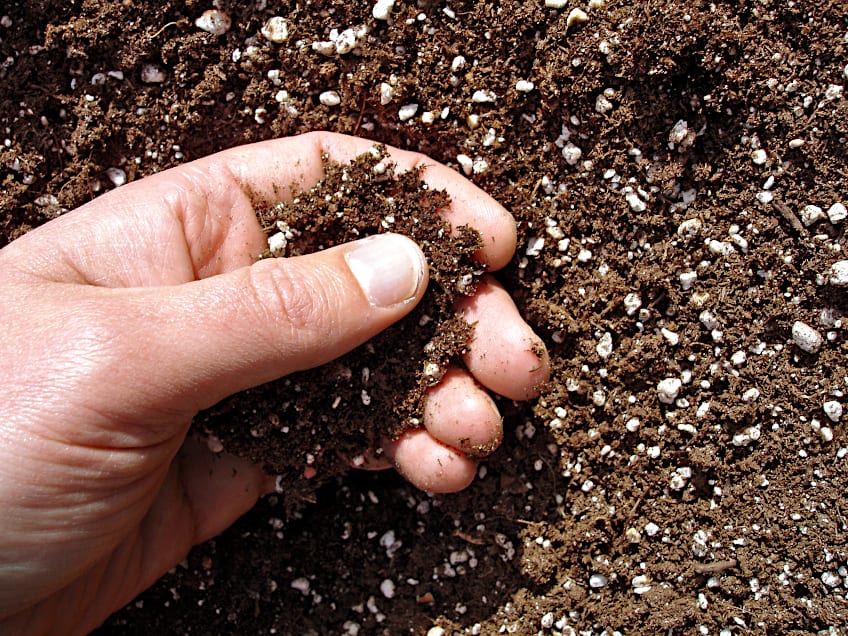
Feed for Acid Hungry Plants
Is sawdust good for plants? Yes, but it’s better for some than others. How so? Plants like strawberries and blueberries love acidic soil, but soil can lose this acidity over time. A great way to feed these plants in the interim is to give them sawdust to munch on, propagating their growth and allowing them to continue to bear fruit.
A Substrate for Growth
These days space comes at a premium, and not everyone has good soil to start growing their plants. Thankfully, we have become more efficient at growing plants over time, and one of the ways we have managed to work around bad soil is by using sawdust.
Sawdust can be used as a growth substrate in order to promote growth in soil that would otherwise have a lot of trouble.
Growing Tomatoes
Tomatoes take a lot of moisture to grow consistently, and thankfully sawdust is capable of absorbing and retaining a lot of moisture. Growing your tomatoes in soil that has been mixed with sawdust also means that your tomatoes won’t have to compete with other seeds that are in the planter and it helps discourage weeds from growing in the vicinity.

Growing Potatoes
Another plant that can benefit from the water retention of sawdust is potatoes. Potatoes are grown underground and require a lot of nutrients and moisture to grow their spuds.
Adding sawdust to your soil will help seal in that moisture and ensure your spuds are nice and snug while they grow.
Ensure that you have soil deep enough to grow your potatoes though.
Slug Control
Is sawdust good for plants plagued with slugs? Absolutely! Slugs love to come out after and during rainy weather to munch on your plant, but you can protect your plants by sprinkling some sawdust around the base of your plant. Sawdust that is particularly coarse is great for this application, so be sure to save the heavier particles for this.
Uses for Sawdust in the Home
If you’ve tackled your garden and are still wondering what to do with sawdust leftover from the project, you could try using it inside your home. There are many uses for sawdust inside the home, and aside from the ones you’ll be able to look at below, we’re confident that if you sit around for long enough, you’ll be able to come up with even more creative solutions on your own!
Safe Paint Disposal
People more often than not buy more paint than they need. As a result, old paint tends to sit around taking up space, and eventually ends up being disposed of. For many paint types, the correct and environmentally friendly way to dispose of them is to place sawdust in the container, allow the paint to be absorbed, and then throw away the resulting lump. This method is very efficient and ensures the paint is neutralized before disposal.

Composting Toilets
Doing your bit for the environment can take many forms and recently, many people have taken toward waterless composting toilets. Not only does this save on water, but you can utilize sawdust to create it! These toilets allow human waste to degrade naturally with the aid of microorganisms and sawdust to facilitate the process.
Composting toilets can take considerable effort to set up though, so plan wisely.
Cleaning Floors and Furniture
Sawdust can also be used as an abrasive material when cleaning other wooden surfaces. Since it tends to create friction and soak up liquids it can be used in the process of polishing different surfaces like furnishings and flooring.
These days this practice isn’t very common, but it’s a neat trick to keep in mind.
Fire Starters
If you have a woodfire oven or simply want to start a fire at home sawdust tends to make for excellent kindling. Ordinary wood logs are usually quite dense and although they burn for far longer they aren’t ideal to start a fire. This makes wood shavings like sawdust one of the best materials to get your fire going, after which your logs, coal, or briquettes can be added.

Soaking Up Messes
Whether you spend a lot of time in your garage or kitchen, sawdust can be a great thing to have on hand. After all, the little wood fibers present in sawdust do an excellent job of soaking up various liquids.
Whether you have spilled some water, paint, fizzy drink, or motor oil, sawdust is a good way to ensure the mess is cleaned up in a timely manner.
Packing Material
If you find yourself doing a lot of gift packing then sawdust and wood shavings can be a great help. Wood shavings are capable of securing objects by reducing shock and impact should they jostle around in the packaging. Think of wood shavings and sawdust as nature’s own packing peanuts or bubble wrap.
Hand Cleaner
In addition to soaking up spills, sawdust can also be used as an effective hand cleaner. When mixed with ordinary dish soap, sawdust makes for an excellent abrasive cleaner capable of removing oil stains from your hands and forearms. All you need to do is wet your hands, grab some sawdust, add some soap, and scrub away!

Anti-Slip on Frozen Surfaces
While sawdust is a great tool for cleaning up a number of messes, it can also be used to provide traction on ice to prevent slippage on frozen surfaces.
However, you should only use sawdust that has been cut down using a manual saw, as sawdust created through using an electric saw may be contaminated with machine oil or grease.
Insulation for Frozen Goods
Sticking with an icy theme, did you know that sawdust was used to maintain cool temperatures too? Before the advent of the refrigerator, sawdust would be used to line cellars that contained large blocks of ice.
Perishables would be placed in the cellar and the sawdust would prevent the cold air from escaping.
Animal Bedding and Litter Boxes
Sawdust is inherently soft and since there is so much of it, it only makes sense that we’ve eventually used it for animal bedding and stuffing for cushions. Why not ensure that your pets and/or livestock are nice and comfy when they’re lounging around by making them a neat little bed with some sawdust and/or wood-shaving lining?
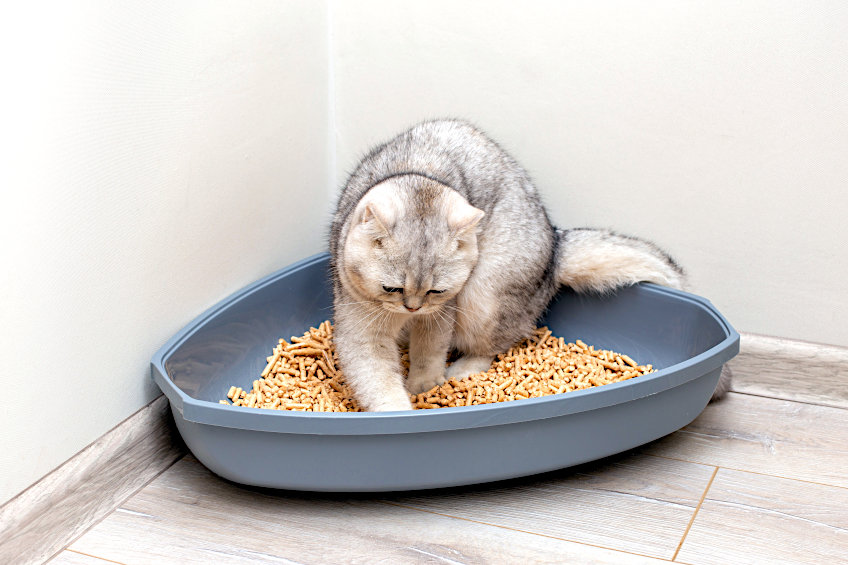
Make a Pin Cushion
If you’re into sewing by hand or simply like to be prepared in case clothing needs to be repaired, you can use sawdust to fill some spare fabric and create a pin cushion. This usually works with really densely packed sawdust so ensure that you have enough filings to fill your bag to the brim before you attempt this.
Uses for Sawdust in the Workshop
While there are many uses for sawdust inside in the home and in the garden, you can use sawdust right where it’s made too! Sawdust can be used in your workshop or studio for a number of really useful applications. If you are curious to know where exactly it can be used, we’ve prepared a short list for you to follow below.
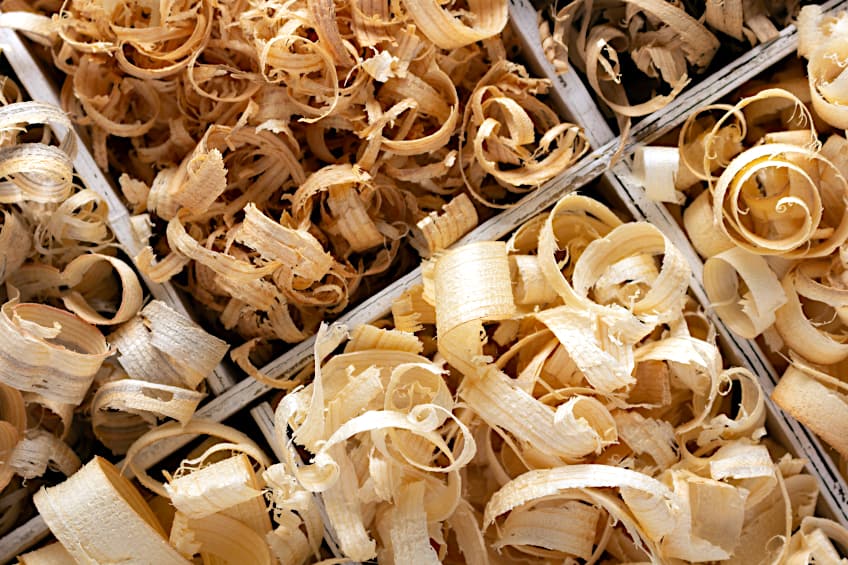
Dry Out Fresh Wood
Remember that sawdust can be used to insulate environments and absorb moisture. Therefore, it should come as no surprise that sawdust can be used to dry out wet lumber. However, sawdust will only draw out moisture on the surface of your wood.
Keep in mind though, that moisture within the grain of the lumber will need to undergo a separate process to be removed.
Smoking Food
Aside from DIY applications, wood chips can be used to add some special flavors to food as well. Wood flakes are typically used by smokers to imbue the food being smoked with a certain smell and taste, which often takes a few hours or so. Popular chips include pecan, alder, cherry, apple, oak, and even hickory wood.
Wood Filler
If you enjoy doing the odd wood crafting project at home then you know that filler can be difficult and at times even expensive to come by. However, if you have sawdust you can mix it with some glue or similar adhesive and create your own wood filler. This essentially means you have a virtually limitless supply of wood filler at your disposal.
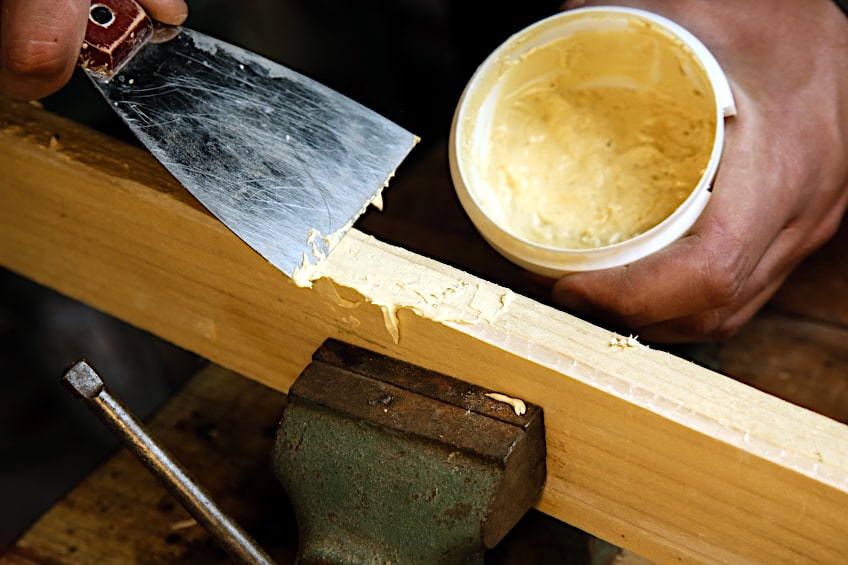
You can also mix sawdust with wood filled to create a denser substance. This should ensure that the void filler is a bit more stable while allowing you to get rid of your extra sawdust. Sawdust can also be compressed with adhesive to create solid forms.
Build a Scarecrow/Strawman
Aren’t scarecrows and strawmen the same thing? No, scarecrows are meant to well, scarecrows. Strawmen are used as targets for firing practice. If you have some old clothing and a post and want to make either of these, simply fill them with sawdust. It’s suitable for both applications, especially if the sawdust is packed densely.
Clean Up Mud in Your Doorway
It’s pretty common to tread mud into your workspace, especially if you need to walk through your garden to get to it. Sprinkling some sawdust near your doorway to ensure that the mud is properly absorbed and doesn’t carry all over your workspace is a good way to avoid having to bust out your mop and bucket every day.
Create Engineered Wood
This is the solid form we mentioned previously. Sawdust and other larger wood particles can be mixed with epoxy, compressed, and heated to form solid boards.
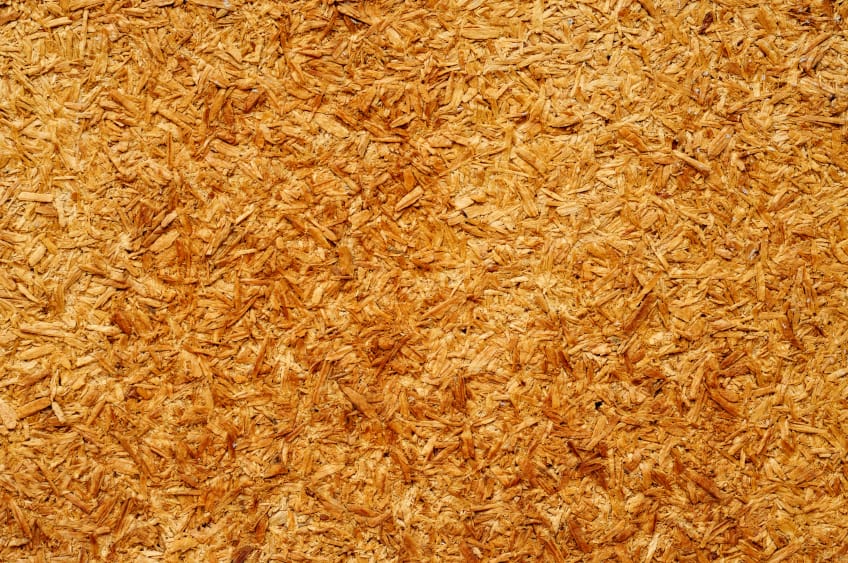
These boards are known as engineered wood, and different materials can be added to the epoxy-sawdust mix to grant these boards different characteristics needed for various applications.
Absorb Fluids After Butchering
If you happen to hunt sustainably or simply like purchasing your meat in bulk, sawdust can help you out quite a bit. Sawdust can be used to soak up the blood and any other fluids that leak out when you cut up your meat.
This prevents you from putting too much strain on your draining system and can make clean-up a lot easier too.
Insulate Walls
Is sawdust good for a garden and home? Sure, but it can also be used inside the walls of your workspace. Sawdust is an excellent insulator of both cold and heat, which means you can pack your walls full of it and never have to worry about temperature regulation ever again!
Be sure to use the right type of sawdust for this application though.
Traction Enhancer
While sawdust can be used to ensure that icy surfaces aren’t too slippery it can also ensure that messy workshop floors don’t cause you to fall too. Because the fibers tend to bunch up, sawdust can increase surface friction and prevent you from falling while working with dangerous equipment, making it one of the cheapest alternatives to adhesive tape or mats.
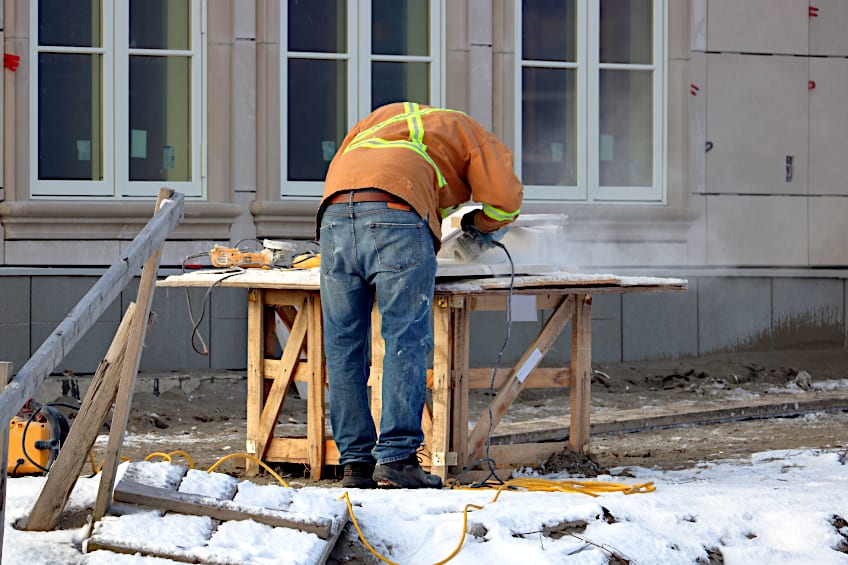
Create Mortar for Log Structures
If you’re thinking about building a shed or simply extending your exterior workspace you can use wood shavings and sawdust to create mortar. This process can also be used when making wood bricks for temporary structures, just be sure to use the correct ratio of sawdust to other elements to ensure a stable structure.
As you can see, there are virtually endless uses for sawdust in almost every setting. If you intend to try some of these out, we highly recommend that you wear a face mask and a set of gloves to ensure that you don’t accidentally inhale any dust and avoid splinters. For more intricate applications, be sure to consult a tutorial if you feel a bit overwhelmed.
Frequently Asked Questions
Is Sawdust Good for Grass?
People recommend sawdust for gardening all the time, but is sawdust actually good for grass? Yes, sawdust does hold a lot of moisture, which should help shoots grow well and maintain their size throughout the growth process.
Can You Use Sawdust As Mulch?
Sawdust is often recommended for use on grass, but can you use sawdust as mulch? Sawdust cannot be used as mulch, but it can be used as an addition to mulch for a wide variety of soil types as it assist in the growth of many plants.
Is Sawdust Good for Soil?
While sawdust is commonly used in gardening applications, is sawdust good for soil in general? This depends on the type of soil you have and what you intend to use it for. Generally speaking though, sawdust can assist in growing good fungi and help the soil retain moisture.
Where Do You Buy Sawdust?
If you are wondering where to buy sawdust, there are many locations. Simply searching for where to buy sawdust online will show you that wood mills, hobby stores, and even some home improvement outlets sell pre-packaged sawdust for your convenience.
Is Composting Sawdust the Same As Regular Sawdust?
Composting sawdust is not a special kind of sawdust. However, sawdust derived from certain wood species is more effective when used in composting applications. Therefore, choosing the right composting sawdust for your intended application is important.

I have been into woodworking since 2005 and woodturning since 2011. Because of my love for wood and woodworking, I started woodhappen.com to teach other enthusiasts about how to finish and seal wood, the best woodworking tools, the different types of wood, and everything else related to woodworking! Read more about me here.

